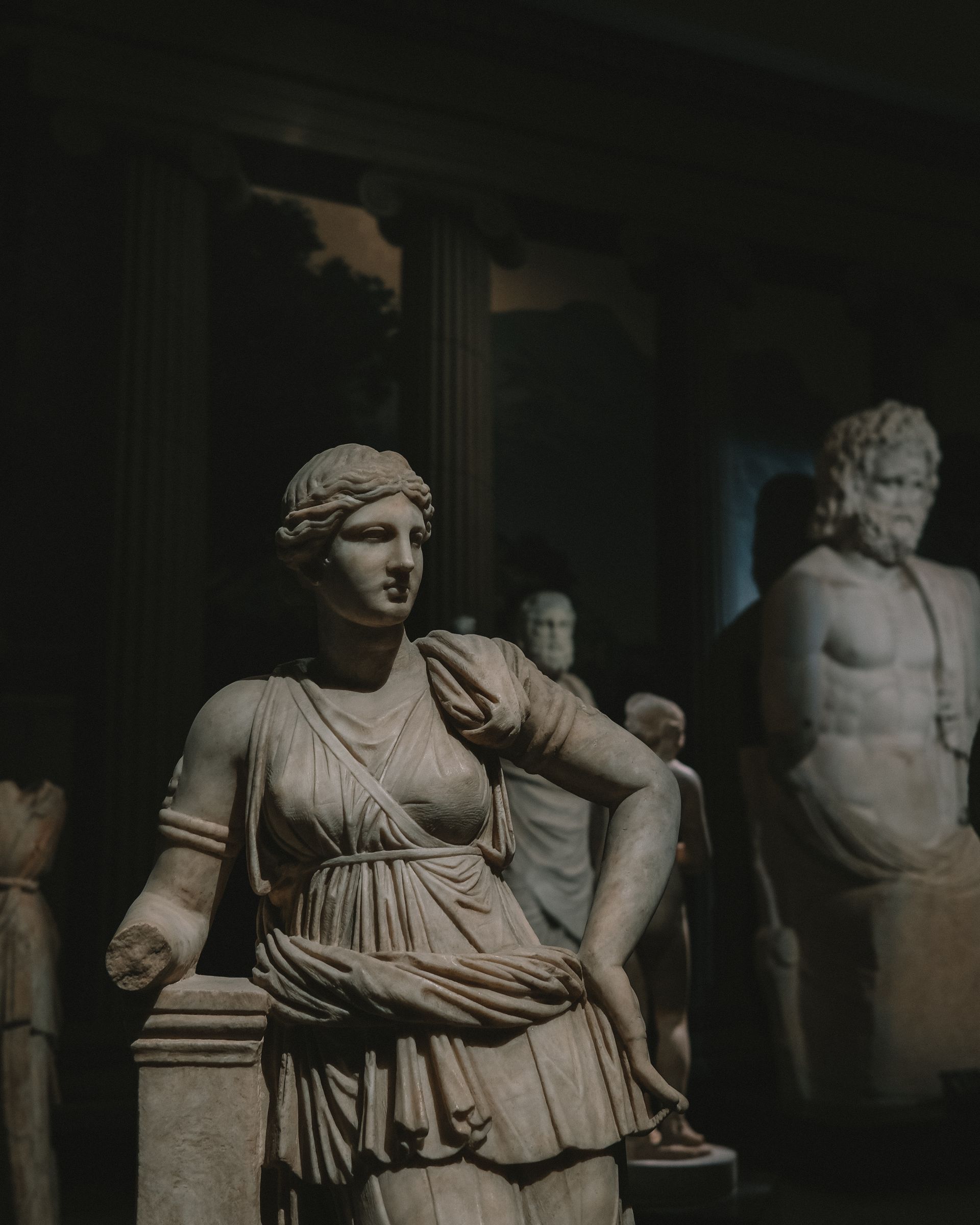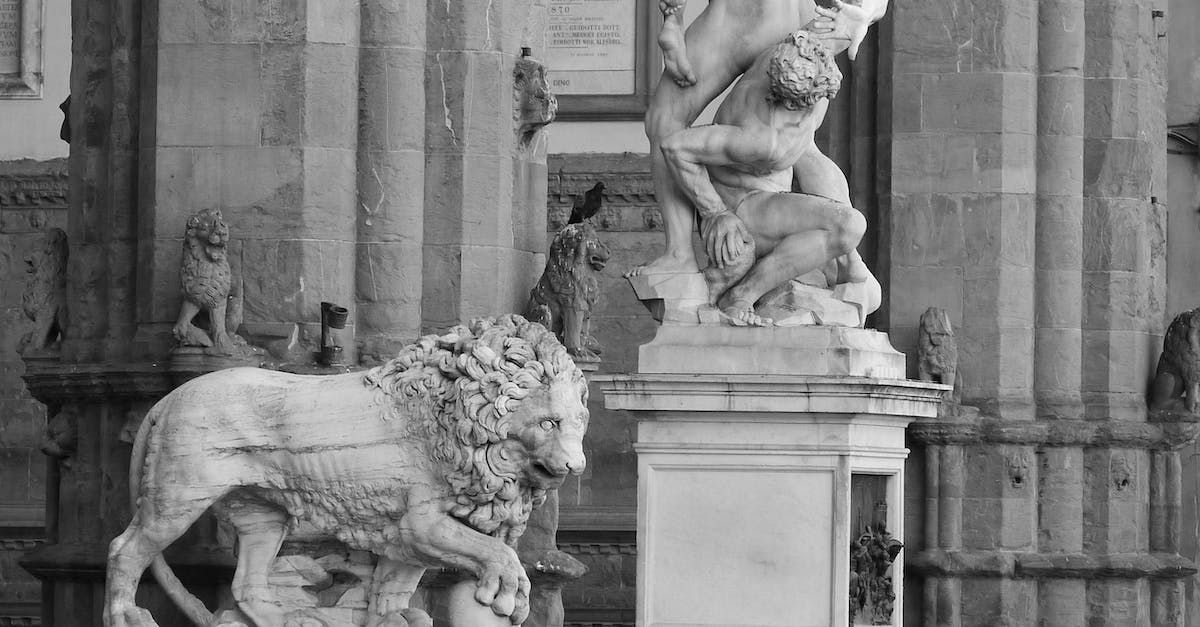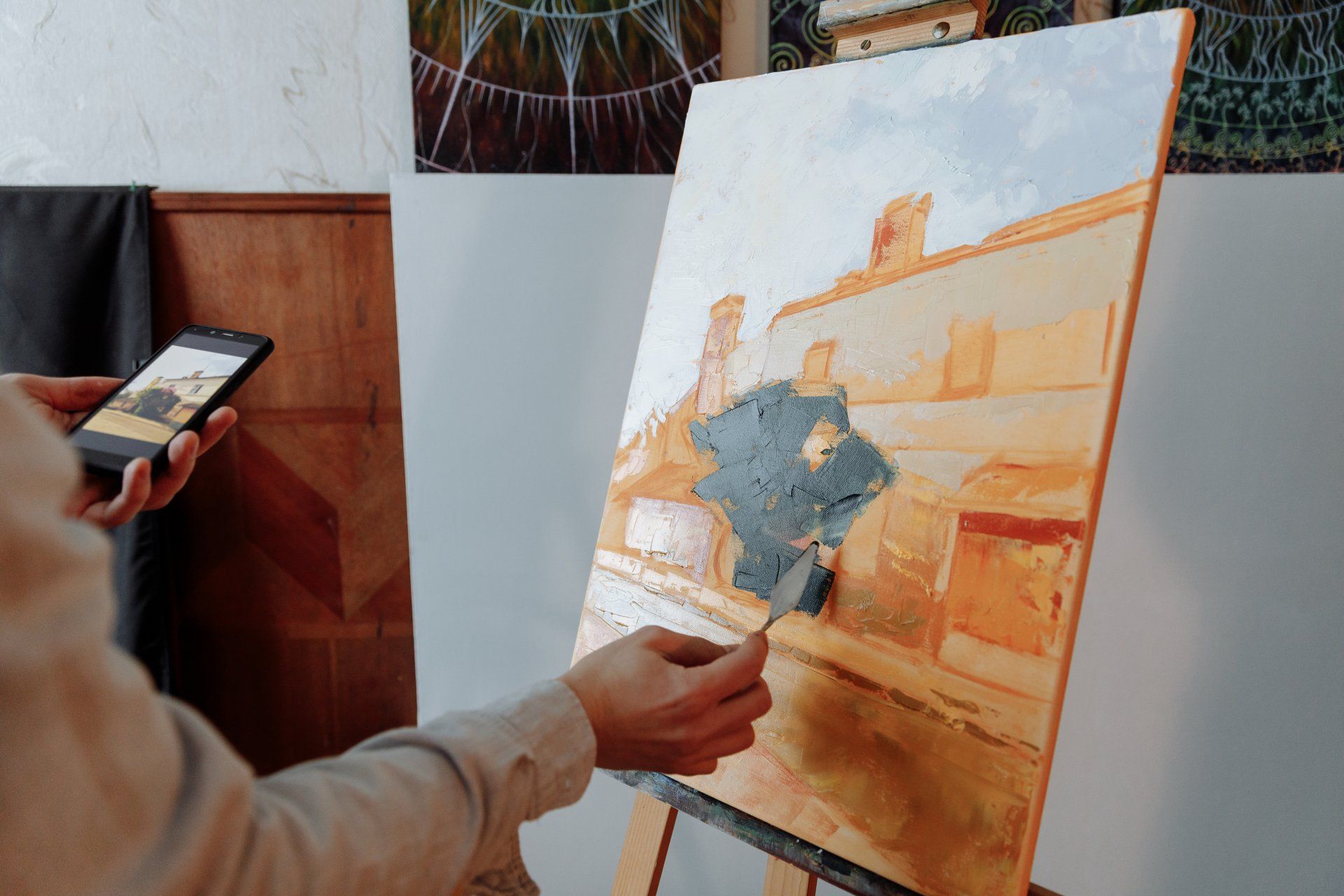What Would the Greeks Think of Roman Architecture?
Romans were heavily influenced by Greek art and architecture, but would the Greeks have approved?

If the Greeks were to observe Roman architecture and the new relationship between form and function, as well as the use of decorative pilasters, their reactions would depend on the specific context and individuals involved. However, we can speculate on some potential perspectives based on historical knowledge.
The Greeks had a significant influence on Roman architecture, particularly in the earlier stages. The Romans borrowed heavily from Greek architectural elements and styles, such as the use of columns and orders like Doric, Ionic, and Corinthian. However, the Romans also developed their own unique architectural language and made notable advancements.
Regarding the new relationship between form and function in Roman architecture, the Greeks might appreciate the practicality and efficiency that the Romans often sought. The Romans were known for their engineering prowess and their ability to construct large, functional structures such as amphitheaters, aqueducts, and baths. The Greeks, who also valued function in their architecture, might recognize and admire the Romans' accomplishments in this regard.
When it comes to decorative pilasters, which are shallow rectangular columns attached to a wall, the Greeks might have mixed reactions. The Greeks did not commonly employ pilasters in their architecture; they preferred the use of freestanding columns. However, they did incorporate engaged columns into some structures, such as the Erechtheion on the Athenian Acropolis. The decorative elements of the pilasters might be appreciated by the Greeks as an extension of their own architectural embellishments.
However, the Greeks might also find the Roman use of pilasters excessive or too decorative for their tastes. The Greeks generally valued simplicity, harmony, and balance in their architecture, focusing on the beauty of proportion and the idealized human form. The Romans, on the other hand, tended to be more lavish and grandiose in their architectural expression, often incorporating ornate details and extensive decorative elements. This stark difference in approach might cause the Greeks to view the Roman use of decorative pilasters as excessive or even ostentatious.
Overall, while the Greeks might appreciate certain aspects of Roman architecture, they might also find some elements deviating from their own architectural principles. However, it's important to note that these perspectives are speculative, and individual opinions might have varied among the Greeks themselves.The body content of your post goes here. To edit this text, click on it and delete this default text and start typing your own or paste your own from a different source.

We use cookies to ensure that we give you the best experience on our website. To learn more, go to the Privacy Page.











